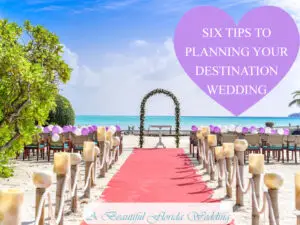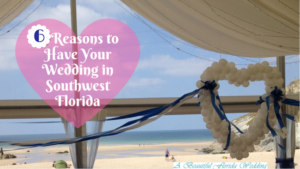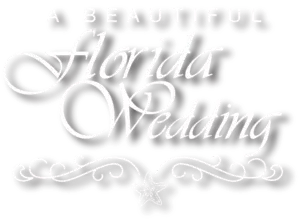Through the ages, flowers have been a part of our daily life. For virtually every event we have assigned a special flower. Flowers for love, church, birth, funerals, marriage and other important occasions.
The Language of Flowers started in Constantinople in the 1600s, and was brought to England in 1716 by Lady Mary Wortley Montagu who had spent time in Turkey with her husband. The interest traveled to France where the book “Le Langage des Fleurs” was printed. Le Langage des Fleurs included over 800 floral signs.
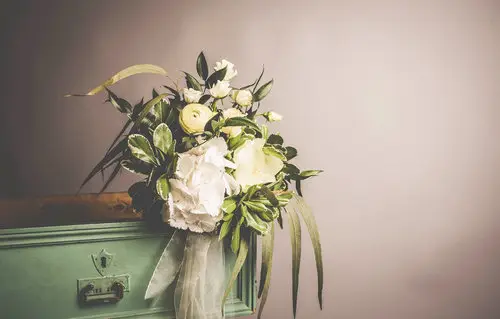
Because the original language associated with several of the flowers was considered lusty and risque, many of the meanings were toned down in the English translation as not to offend the reigning Queen Victoria. The Victorian Language of Flowers was born from a strong need to communicate powerful emotions such as; love, hate and rejection. in a society governed by strict social rules, expressing these emotions verbally was widely frowned upon and not readily permitted, In such a prim and proper society, suppressed human emotions became extremely motivating. Young couples hoping to court, looked cleverly for ways to overcome such stifling restrictions.
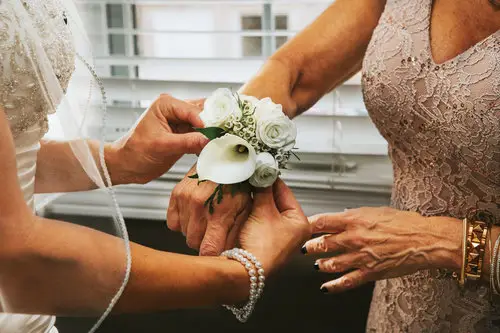
The use of flowers is expansive and has been used in some form as symbols of love, innocence and purity perfect for portraying the emotions and wishes of the day during wedding ceremonies.
And as mentioned above almost every flower and the variety and color of single flowers has a specific meaning – a language chosen just for that flower. In fact, if you asked most people what a red rose means, they are likely to say it means “love,” the language that has been passed down through the ages.
Choosing Flowers for your Wedding
There is a reason that stephanotis is such a popular flower to use in wedding bouquets. Its language passed down through the ages means – happiness in marriage, desire to travel.
Today, many brides – including Royal Brides – consider the meaning of flowers a romantic nod towards tradition, but upon researching this fun topic, you will come across many meanings attributed to each flower and color, some consider it fun and whimsical and others take the meanings literally.
HELPFUL HINT: When choosing which flowers to use, consider the seasons. Flowers that are readily available in spring may be more expensive out of season. Hiring a seasoned wedding planner to help you with your choices can help you make cost-effective decisions that will enhance the overall look and feel of your wedding and stay within your budget.
If you want to incorporate a long-standing tradition, use this guide to decide when choosing your wedding flowers.
To help you, here are twenty seven popular flowers used in weddings and the “language” they speak:
Anemone – Expectation
Aster – Symbol of Love, Daintiness
Baby’s Breath – Innocence
Camellia, Red – You’re a Flame in My Heart Camellia, White – You’re Adorable
Carnation, General – Fascination, A Woman’s Love
Carnation, White – Sweet and Lovely, Innocence, Pure Love, Woman’s Good Luck Gift
Chrysanthemum – Wealth, Abundance, Truth
Dahlia – Commitment
Daisy – Innocence, Loyal Love, I’ll Never Tell, Purity
Dandelion – Faithfulness, Happiness
Forget-Me-Not – True Love, Memories
Gardenias – Purity, Joy
Hydrangea – Heartfelt Emotion
Iris – Fleur-de-lis, (the emblem of France) Faith, Hope, Wisdom and Valor,
Ivy – Wedded Love, Fidelity, Friendship, Affection
Jonquil – Love Me, Affection Returned, Desire, Sympathy, Desire for Affection Returned Larkspur White – Virginity, Purity, Majesty, It’s Heavenly to be with You
Lily of the Valley- Happiness
Calla Lily – Magnificent Beauty
Myrtle – Love, Hebrew Emblem of Marriage
Orange Blossom – Innocence, Eternal Love, Marriage and Fruitfulness
Orchid – Love, Beauty, Refinement, Beautiful Lady, Chinese Symbol for Many Children Peony – Happy Life, Happy Marriage
Stephanotis – Happiness in Marriage, Desire to Travel
Sunflower – Adoration, Loyalty
Stock – Bonds of Affection, Promptness, You’ll Always Be Beautiful to Me
Tulip – Perfect Lover, Fame, Flower Emblem of Holland

